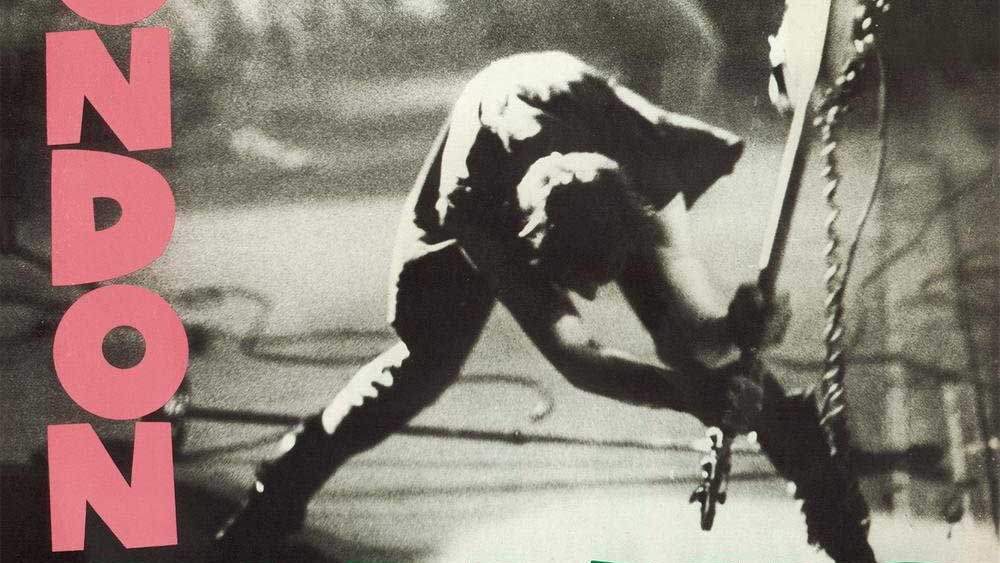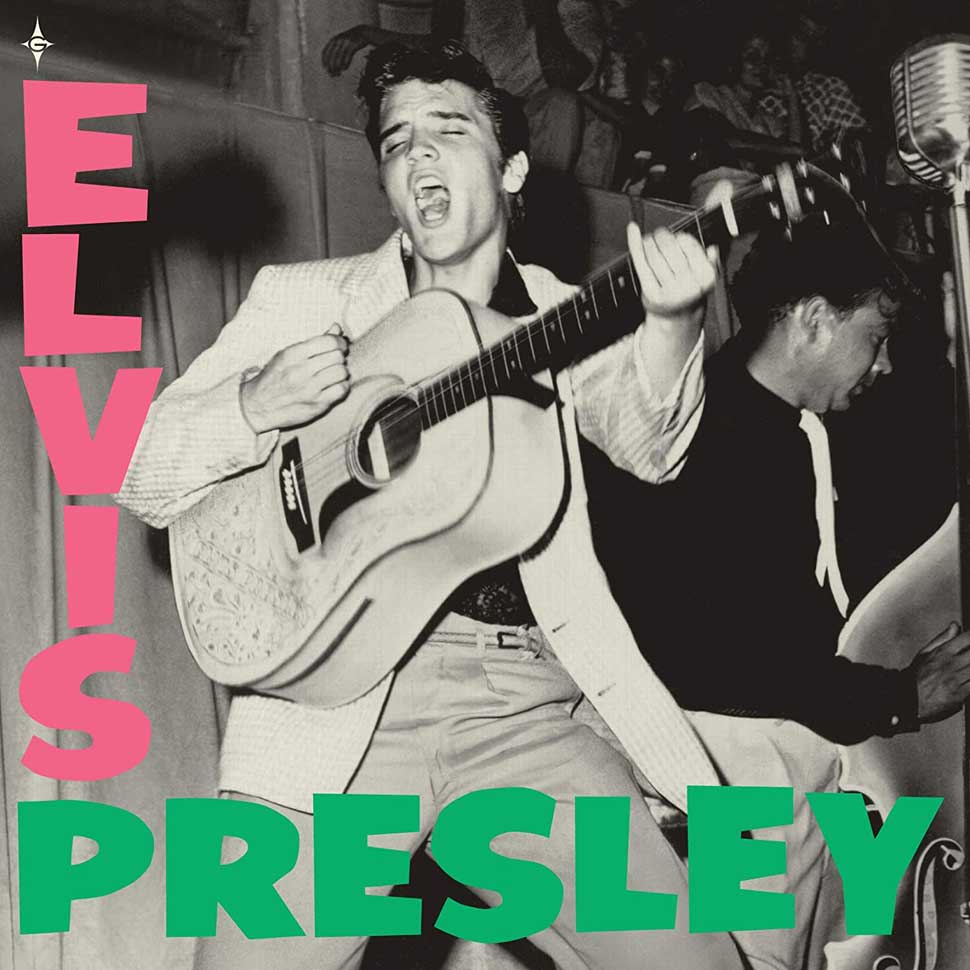The story of the out-of-focus shot that became one of rock's great album covers
The cover of London Calling by The Clash features one of punk's most iconic images – so why doesn't photographer Pennie Smith enjoy talking about it?

With no shortage of irony, the most iconic sleeve of the 1970s was not a carefully conceived think piece from the studios of Hipgnosis, but an instinctive moment of rock’n’roll attitude captured without thrills or forethought.
Two people were responsible for the striking black and white image on The Clash’s London Calling. The first was the band’s statuesque bass player, Paul Simonon, who is shown driving his bass guitar into the stage of the New York Palladium on September 21, 1979.
“The show had gone quite well,” he recalls, “but for me, inside, it just wasn’t working well, so I suppose I took it out on the bass. If I was smart, I would have got the spare bass and used that one, because it wasn’t as good as the one as I smashed up. When I look at it now, I wish I’d lifted my face up a bit more.”

The second person was British photographer Pennie Smith, who had made her name shooting for NME and was now accompanying The Clash on their US tour. Despite the accolades that have since been handed to her shot, Smith initially didn’t want it to be used due to it being slightly out of focus because she was backing away to avoid being hit by Simonon. Even now, she’s lukewarm about her best-known photograph.
“It’s very pleasant to be praised, but I can’t see that picture now,” Smith said in 2003. “It’s been used in various forms so many times that it’s a bit like wallpaper. Of all the Clash photos I took, there are others that perhaps I prefer, for all sorts of reasons. Yes, I like that picture, but it’s so long ago now. I’ve seen it too many times to get the gut reaction I had at the time.
“Clash-wise, there are other, more snapshot-type things that still take me back to that gut feeling I had then; perhaps an odd backstage one, maybe one that’s never been seen before.”
While it was probably an accident that the London Calling cover evoked the gear destruction of The Who, there was a more deliberate rock pastiche in the font, colours and layout of the lettering – which was stolen wholesale from Elvis Presley’s self-titled 1956 debut.
Sign up below to get the latest from Classic Rock, plus exclusive special offers, direct to your inbox!
“When that Elvis record came out,” says Simonon, “rock’n’roll was pretty dangerous. And I suppose when we brought out our record, it was pretty dangerous stuff too.”

Classic Rock is the online home of the world's best rock'n'roll magazine. We bring you breaking news, exclusive interviews and behind-the-scenes features, as well as unrivalled access to the biggest names in rock music; from Led Zeppelin to Deep Purple, Guns N’ Roses to the Rolling Stones, AC/DC to the Sex Pistols, and everything in between. Our expert writers bring you the very best on established and emerging bands plus everything you need to know about the mightiest new music releases.

